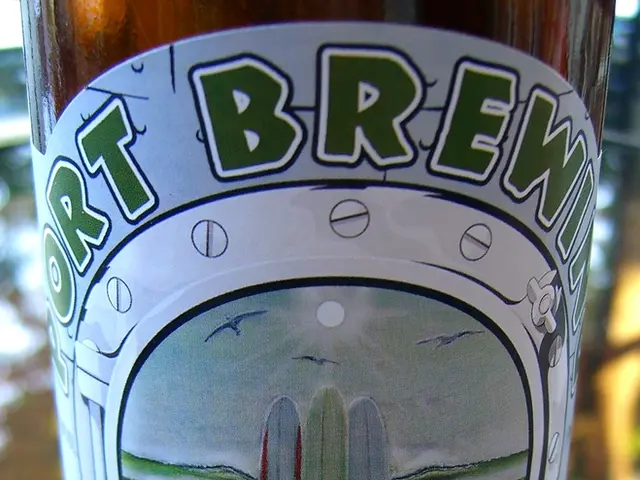The Rise of Ketamine: A Party Drug with Serious Consequences
Ketamine use on the rise as a popular illicit substance
Stepping into the club scene, you'll find Ketamine - a chemical once developed as an anesthetic, now popularly consumed for recreational purposes. Celebrities like Matthew Perry and Elon Musk have fueled its popularity. But, is it really as harmless as it seems?
Experts like Felix Betzler, a psychiatrist and psychotherapist, shed light on the factors driving its popularity. They include its easy availability, affordable price, and the euphoric and dissociative effects it provides. Add to that its mention in pop culture, with songs like "Special K" by Placebo and "Get Ready for the K-Hole!" by Kissy Sell Out.
Celebrities play a role too. Elon Musk, for instance, claimed that Ketamine helps him escape from psychological holes. However, after media criticism, he admitted he hasn't used the drug since then.
In clinical trials, Ketamine has shown potential for treating depression. Esketamine, a derivative of Ketamine, is already approved in the EU and USA for therapy-resistant depression. This perceived safety, when used as a medication, contributes to its increased popularity.
Origins and Usage
First synthesized in the US in 1962 for a new anesthetic, Ketamine was tested on soldiers during the Vietnam War and has since been established in human and veterinary medicine. Today, it is rarely used as an anesthetic due to side effects like hallucinations and near-death experiences. In the club scene, Ketamine is usually consumed as a white powder, often snorted, and the effect lasts 1-2 hours.
One reason for its popularity as a party drug is its euphoric and dissociative effects, which are unwanted in anesthetics. As the dose increases, the perception of the environment - colors, sounds, and body perception - is significantly altered.
Risks and Unawareness
Despite its rising popularity, users often underestimate the harm of Ketamine. Experts point out that this is due in part to its medical use, reducing awareness of the problems associated with recreational use.
In a British study, many consumers reported only becoming aware of the addiction risk when their Ketamine use had already spiraled out of control. The increasing exploration as a therapeutic agent may have obscured the potential for misuse.
Long-Term Effects
Long-term use of Ketamine is associated with a range of health and psychological issues. These include bladder and nasal problems, abdominal cramps, cognitive impairment, memory disorders, and mood swings. Persistent psychotic symptoms and flashbacks are also potential risks.
Furthermore, Ketamine can lead to impulsive behavior, reduced judgment, and increased risk-taking, potentially resulting in accidents or aggressive confrontations. Mixed consumption with other drugs can lead to life-threatening conditions like respiratory failure or loss of consciousness.
The temporary immobilization of up to six hours, commonly known as the "K-Hole," can also pose immediate dangers, especially when consuming Ketamine near water bodies like a bathtub.
A Call for Awareness
Ketamine is not a harmless drug, emphasizes Ingo Schäfer, director of the Center for Interdisciplinary Addiction Research at the University of Hamburg. Even periodic recreational use poses significant risks, and this risk is heightened among younger consumers whose brain maturation is not yet complete.
The increasing number of young consumers is a cause for concern. Previously, Ketamine was primarily consumed from around the age of 25, but today, it's likely to be much earlier. There are no reliable current figures on this.
(For more information on the risks associated with Ketamine, see the enrichment data below.)
Sources: ntv.de, Annett Stein, dpa
- Drugs
- Addiction
- The European Union approved Esketamine, a derivative of Ketamine, for therapy-resistant depression, contributing to the misperception of its safety in recreational use.
- Despite the rising popularity of Ketamine in the health-and-wellness and entertainment sectors, its long-term effects can cause significant health and mental-health issues, as well as increased risk-taking behavior and impulsive actions.








